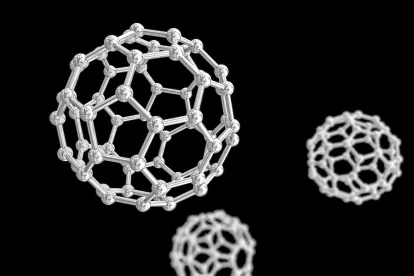The U.S. Environmental Protection Agency published a proposed rule on April 1, 2020, that would amend the significant new use rules (SNUR) for certain chemical substances that were the subject of a premanufacture notice (PMN) and a significant new use notice (SNUN), including functionalized multi-walled carbon nanotubes (MWCNT) (generic). 85 Fed. Reg. 18173. This action would amend the SNURs to allow certain new uses reported in the SNUNs without additional notification requirements and modify the significant new use notification requirements based on the actions and determinations for the SNUN submissions. Comments are due May 1, 2020.
In 2013, EPA promulgated a final SNUR for functionalized MWCNTs (generic) (PMN Number P-12-44). In the April 1, 2020, Federal Register notice, EPA states that the generic (non-confidential) use for P-12-44 is an additive for rubber and batteries. EPA identified concerns for lung effects to workers exposed to the PMN substance and for sublethal effects in fish at levels of 100 parts per billion (ppb). The SNUR required notification if the chemical substance was used other than for the confidential use described in the PMN, for manufacturing, processing, or use as a powder, and for manufacturing, processing, or use resulting in releases to surface waters.
According to the Federal Register notice, on May 14, 2018, EPA received a SNUN, S-18-4, for the chemical substance for use as a chemical additive in epoxy compounds for transportation, marine and industrial coatings, paints, and manufactured goods. The 90-day review period for the SNUN expired on February 22, 2019. Based on the activities described in the SNUN, EPA issued an Order under TSCA Sections 5(a)(3)(B)(ii)(I) and 5(e)(1)(A)(ii)(I), based on determinations under Sections 5(a)(3)(B)(i) and 5(e)(1)(A)(i), that the use may present an unreasonable risk of injury to human health, and the information available to EPA is insufficient to permit a reasoned evaluation of the environmental effects. EPA states that it identified concerns for lung effects, carcinogenicity, immunotoxicity, and thymus toxicity.
Due to potential worker exposures, the TSCA Order for S-18-4 allows the use of the chemical substance as a chemical additive for use in epoxy compounds for transportation, marine and industrial coatings, paints, and manufactured goods and requires personal protective equipment (PPE), including respirators, to prevent dermal and inhalation exposure. The TSCA Order also retains the same requirements as the SNUR for no water release, for no manufacturing, processing, or use as a powder, and allowing the confidential use described in PMN P-12-44.
On May 20, 2019, EPA received a SNUN, S-19-5, for the chemical substance from the same submitter as S-18-4 for use in conductive ink. The 90-day review period for the SNUN expired on August 9, 2019. Based on the activities described in the SNUN, including the requirements of the TSCA Order for S-18-4, EPA determined under TSCA Section 5(a)(3)(C) that the use is not likely to present an unreasonable risk. EPA modified the TSCA Order for S-18-4 to allow the use described in the SNUN.
EPA proposes to amend the SNUR to remove the new uses described in SNUN S-19-5 from the scope of the significant new use and remove the new uses described in SNUN S-18-4 from the scope of the significant new use, except where that use does not include the protective measures described in the TSCA Order for S-18-4.
According to EPA, certain information may be potentially useful to characterize the health and environmental effects of the chemical substance in support of a request to modify the TSCA Section 5(e) Order, or if a manufacturer or processor is considering submitting a SNUN. EPA states that the results of particle size information, specific organ toxicity, carcinogenicity, and acute and chronic aquatic toxicity testing would help characterize the potential health and environmental effects of the chemical substance.




 />i
/>i
